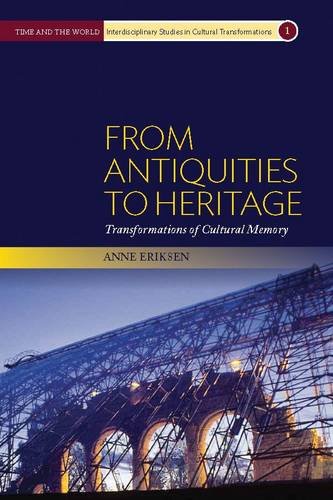

Most ebook files are in PDF format, so you can easily read them using various software such as Foxit Reader or directly on the Google Chrome browser.
Some ebook files are released by publishers in other formats such as .awz, .mobi, .epub, .fb2, etc. You may need to install specific software to read these formats on mobile/PC, such as Calibre.
Please read the tutorial at this link: https://ebookbell.com/faq
We offer FREE conversion to the popular formats you request; however, this may take some time. Therefore, right after payment, please email us, and we will try to provide the service as quickly as possible.
For some exceptional file formats or broken links (if any), please refrain from opening any disputes. Instead, email us first, and we will try to assist within a maximum of 6 hours.
EbookBell Team

4.3
48 reviewsEighteenth-century gentleman scholars collected antiquities. Nineteenth-century nation states built museums to preserve their historical monuments. In the present world, heritage is a global concern as well as an issue of identity politics. What does it mean when runic stones or medieval churches are transformed from antiquities to monuments to heritage sites? This book argues that the transformations concern more than words alone: They reflect fundamental changes in the way we experience the past, and the way historical objects are assigned meaning and value in the present. This book presents a series of cases from Norwegian culture to explore how historical objects and sites have changed in meaning over time. It contributes to the contemporary debates over collective memory and cultural heritage as well to our knowledge about early modern antiquarianism.
Anne Eriksen is a Professor in Cultural History at the University of Oslo, Norway, and an expert on collective memory and forms of historical knowledge. Among her recent publications are Negotiating Pasts in the Nordic Countries (ed. with. J.V. Sigurdsson, 2009) and Museum. En kulturhistorie (2009).